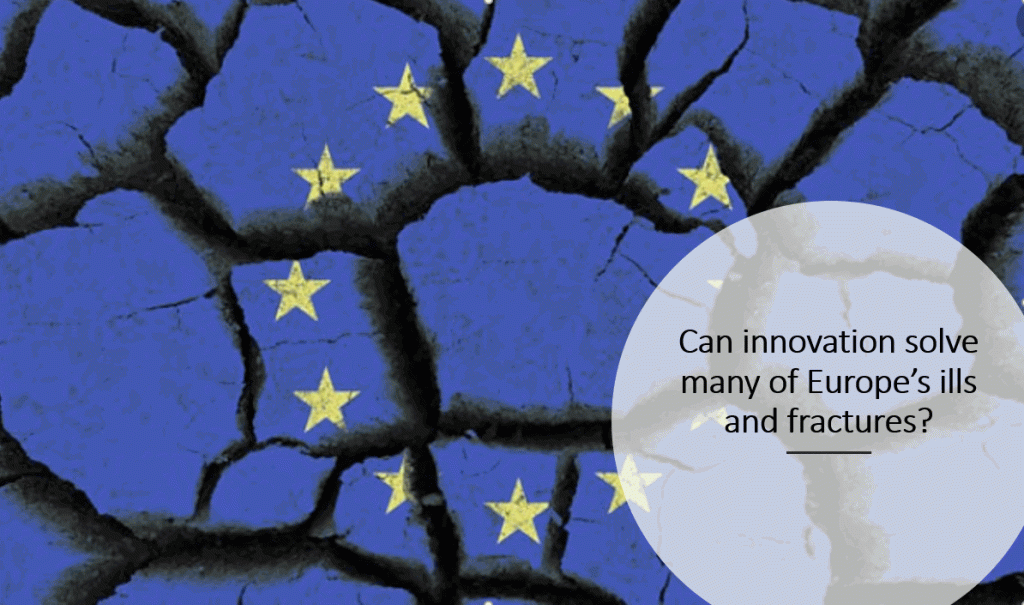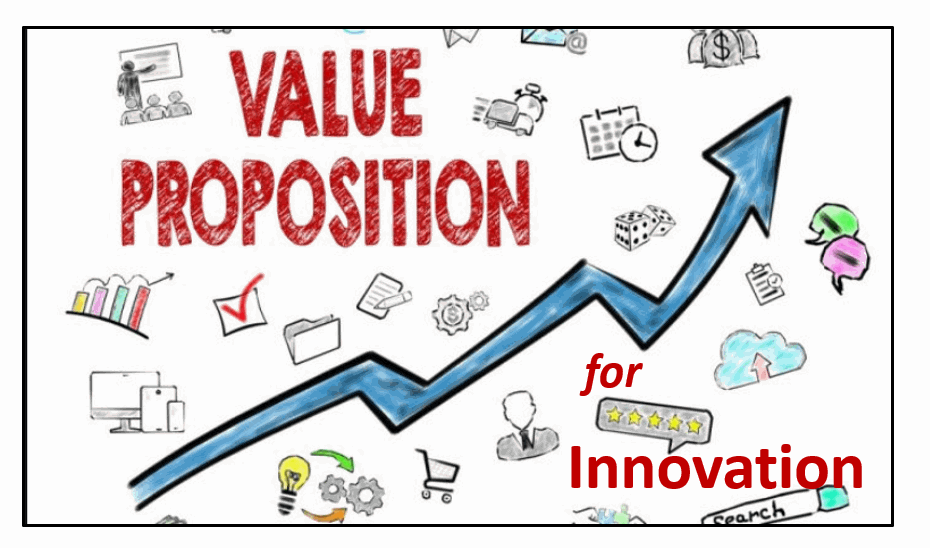 There is still a real reluctance that the supplier of innovation software solutions has to change. They have had a model of a constant growth success for years, yet it is getting harder, as the market is fragmenting and looking for greater flexibility within the range of solutions on offer.
There is still a real reluctance that the supplier of innovation software solutions has to change. They have had a model of a constant growth success for years, yet it is getting harder, as the market is fragmenting and looking for greater flexibility within the range of solutions on offer.
I think with the recognition that innovation occurs across the whole organization the innovation management (IM) providers have to radically alter their business model or recognize they need to broaden out their target market inside organizations.
Innovation is occurring in all corners of the organization today. Secondly, if open innovation has gone way beyond a one to many relationships into a many-to-many then does the reliance on single entity software provision makes sense, focusing on single point of entry into companies? No, we have to think total enterprise software for our innovation management solutions.
Far too much IM solution providers think their models, components, upgrades and yearly showcase upgrades, as the big event. No question any “staged” release is welcomed by clients as they either have been asking for it for long enough, or have been finding their own ways of completing “workarounds” to overcome gaps, then updates are always welcome, as long as they are relevant, not just cosmetic changes. So often client solutions and their needs have considerable lag. Continue reading “We Require A Shift of Innovation Management Solution Providers”








